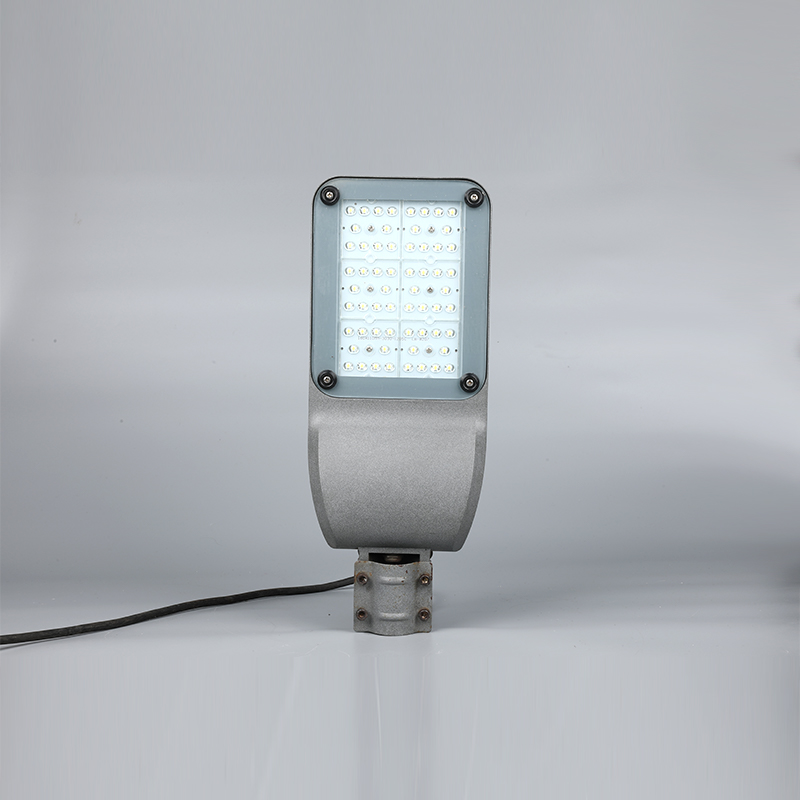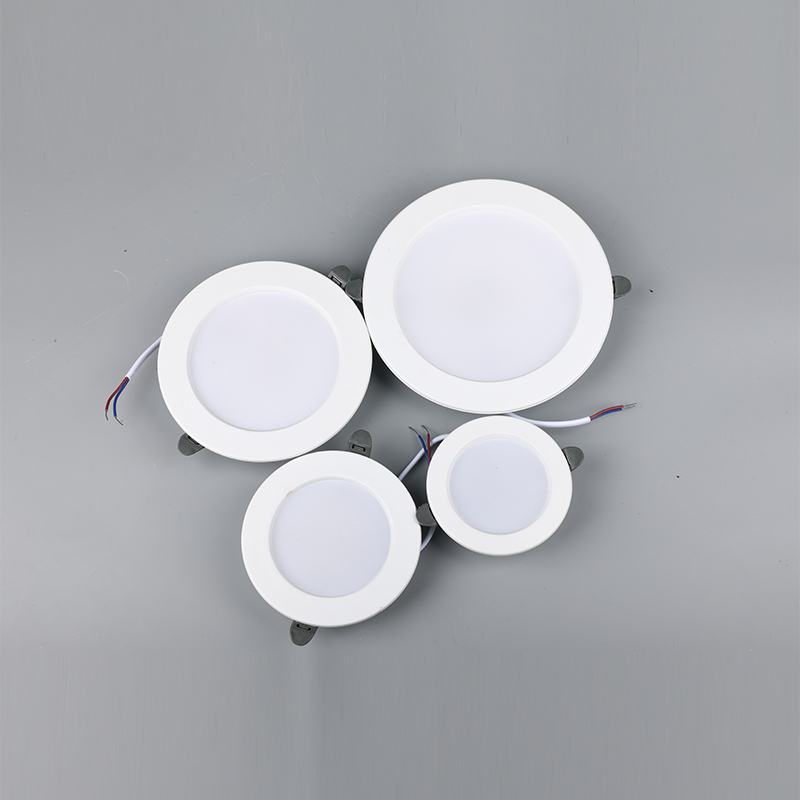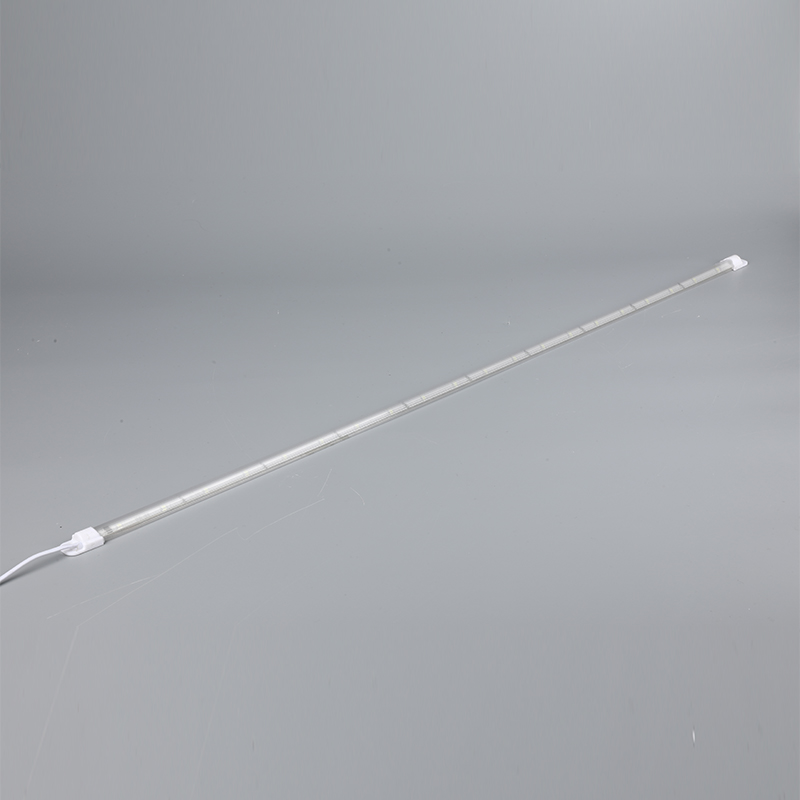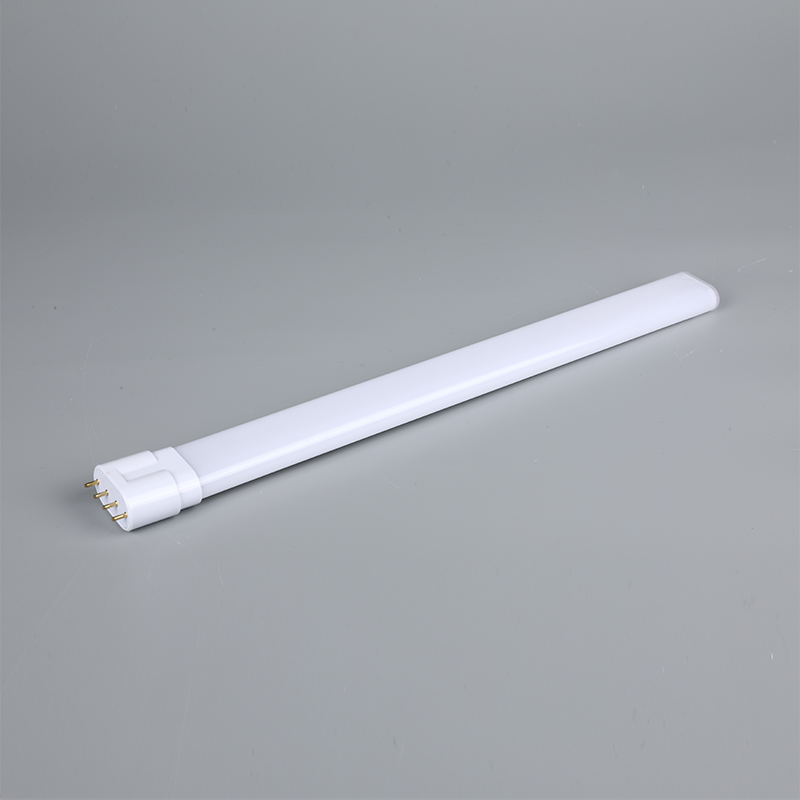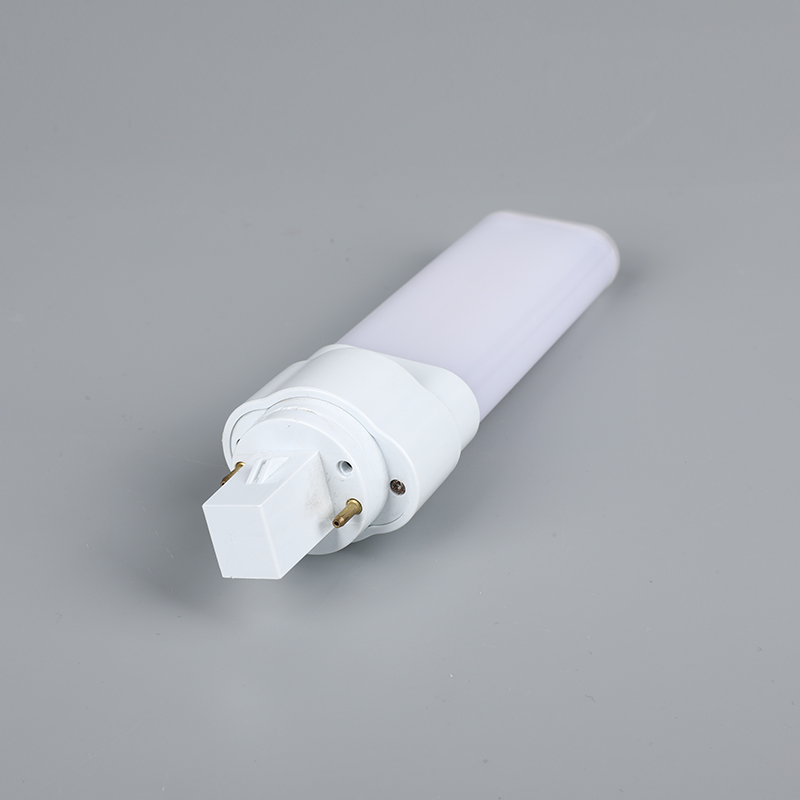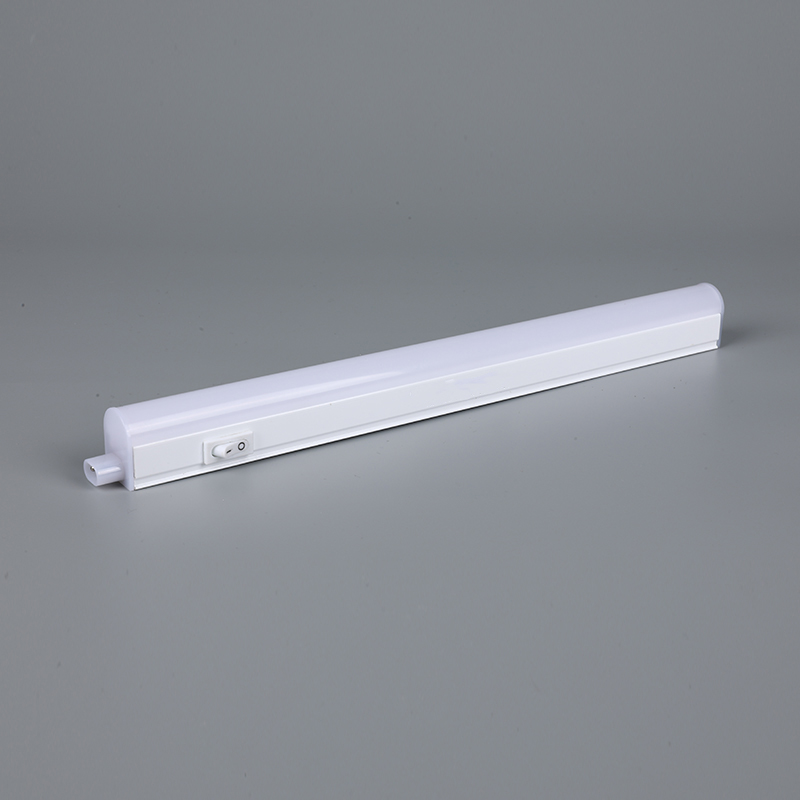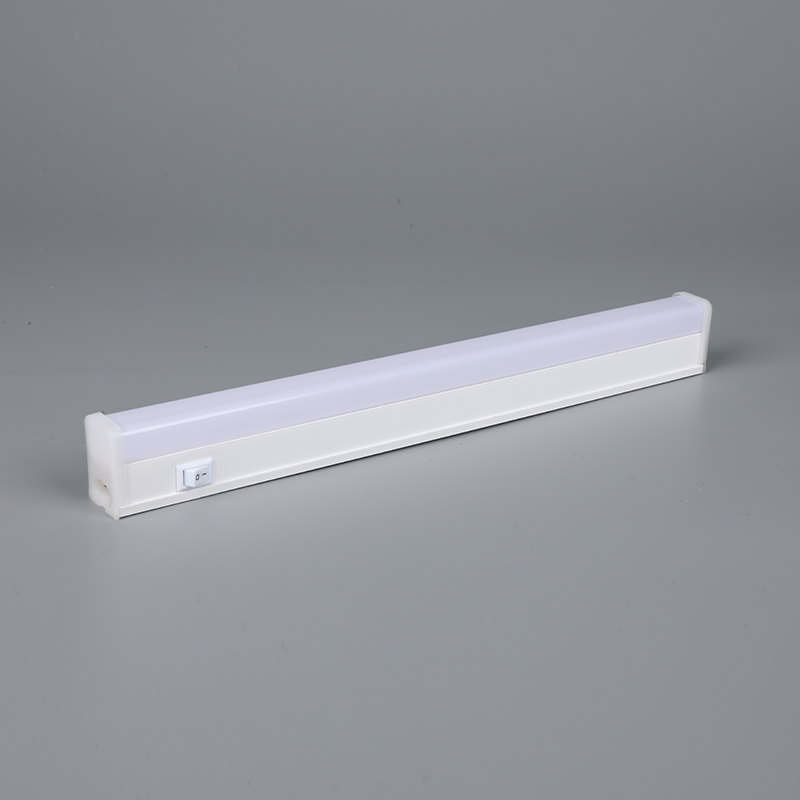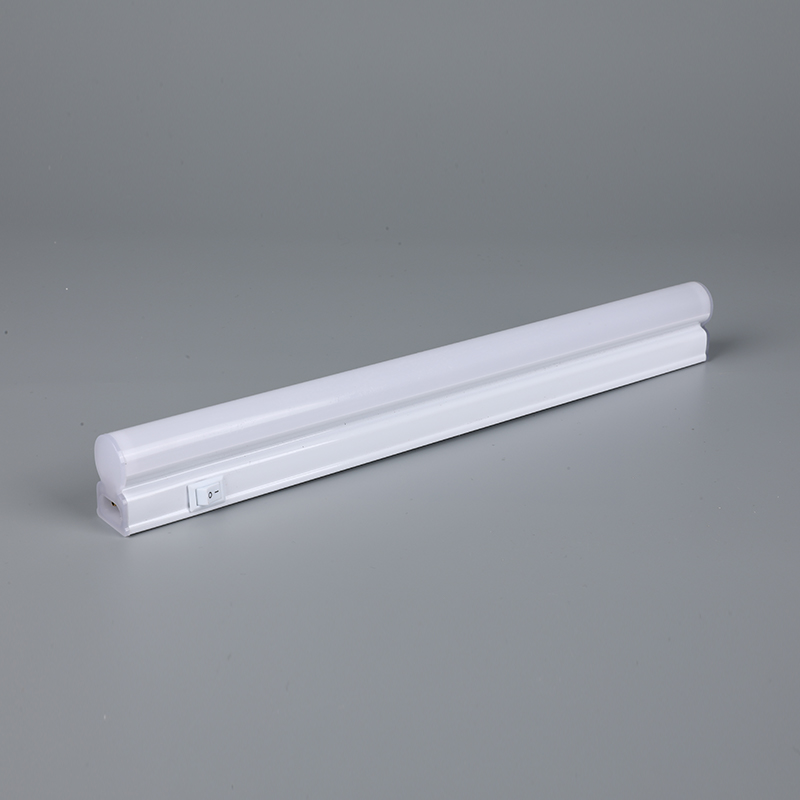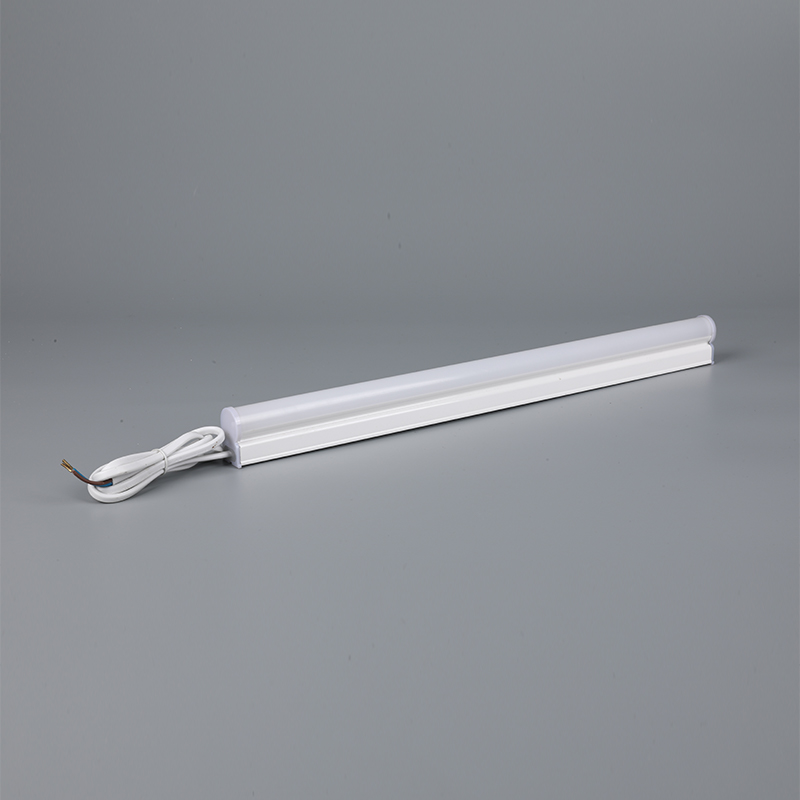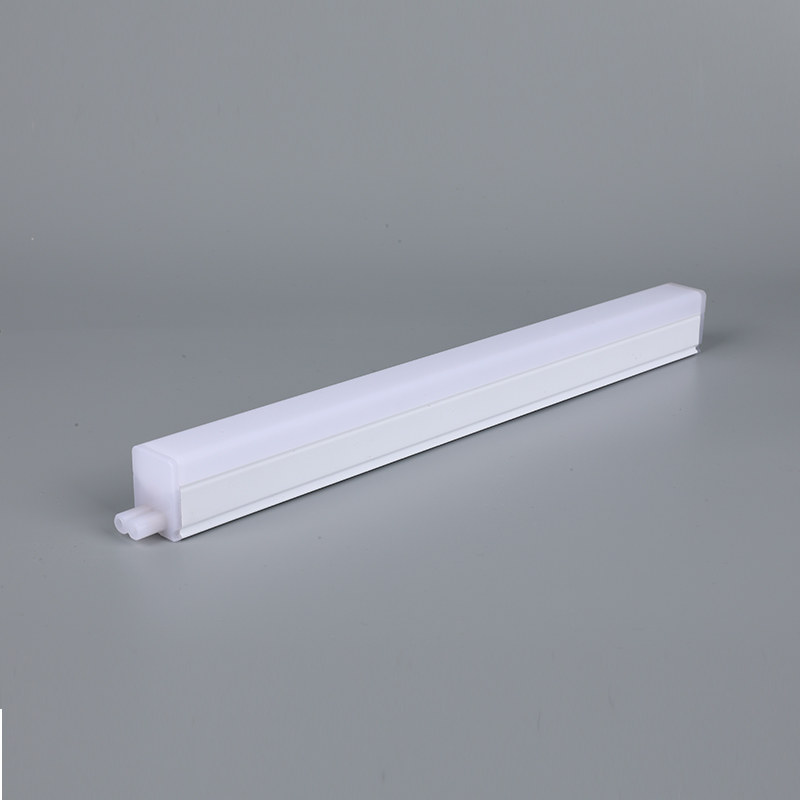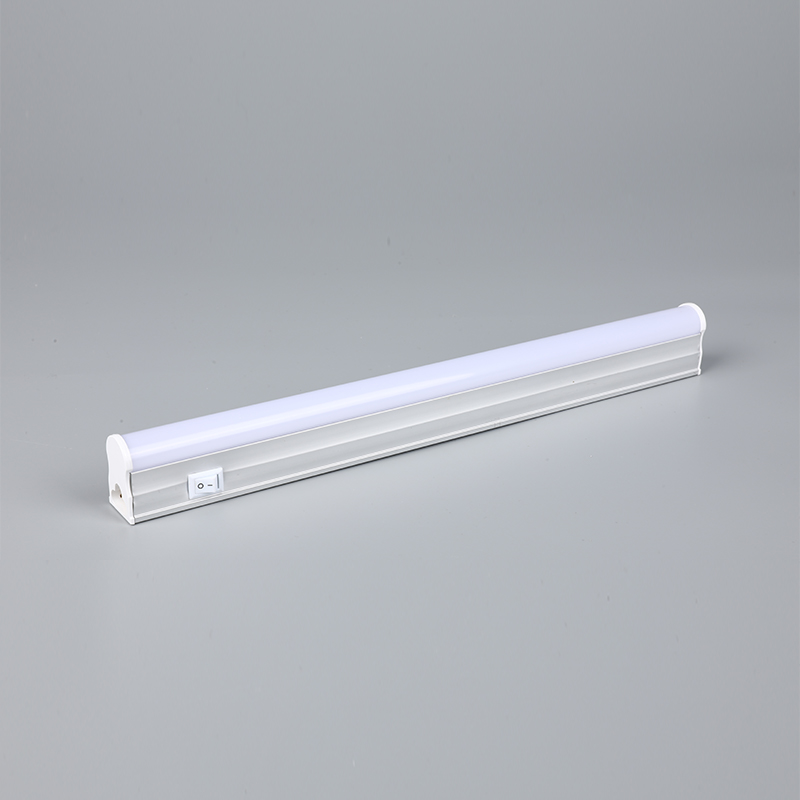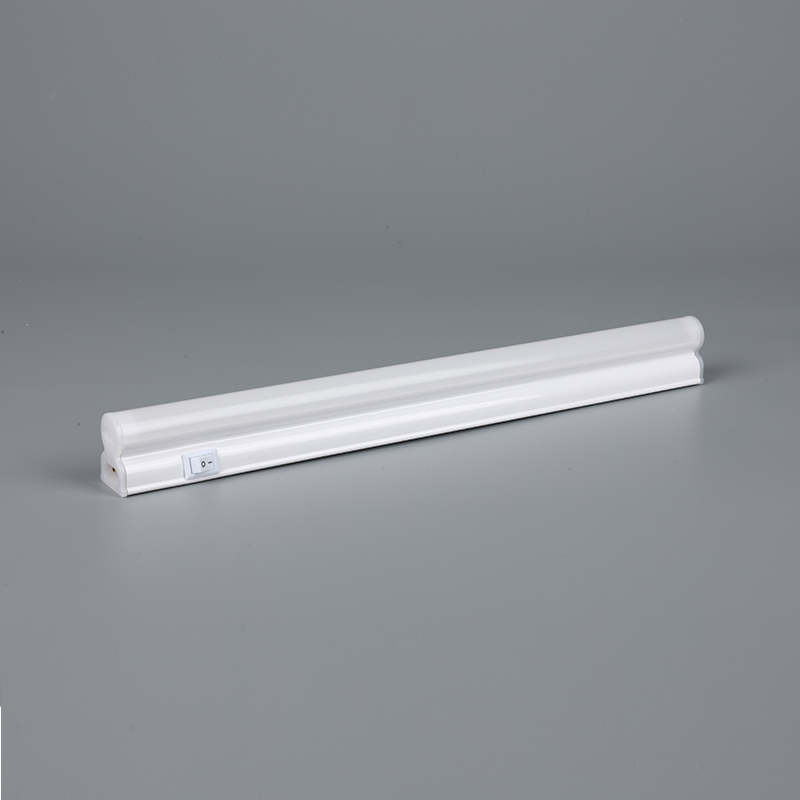LED bulbs dissipate heat differently than traditional incandescent bulbs, primarily due to differences in their operating principles and design.
Operating Principle:
Incandescent bulbs produce light by heating a filament wire to high temperatures until it emits visible light. However, this process also generates a significant amount of heat as a byproduct.
LED bulbs, on the other hand, produce light through a process called electroluminescence, where electrical current passes through a semiconductor material, causing it to emit light. LEDs operate at much lower temperatures compared to incandescent bulbs, resulting in significantly less heat generation.
Heat Dissipation Mechanisms:
Incandescent bulbs rely on radiative heat transfer, where heat energy is emitted from the hot filament and radiates outward into the surrounding environment. This radiant heat is one reason why incandescent bulbs can feel hot to the touch.
LED bulbs dissipate heat through conduction and convection. Heat generated by the LED components is transferred away from the semiconductor junction through the bulb's heat sink—a component designed to absorb and dissipate heat efficiently. The heat sink typically consists of metal fins or a metallic base that provides a large surface area for heat dissipation. As the heat sink absorbs heat, it dissipates it into the surrounding air through convection, where cooler air replaces warmer air near the surface of the heat sink.
Efficiency:
LED bulbs are more efficient at converting electrical energy into light and produce significantly less waste heat compared to incandescent bulbs. This improved efficiency contributes to lower operating temperatures and reduced energy consumption.
Environmental Impact:
The reduced heat generation of LED bulbs not only contributes to their energy efficiency but also helps to minimize their environmental impact. By dissipating less heat, LED bulbs reduce the need for cooling systems and can help lower overall energy consumption in buildings.

 English
English Español
Español

